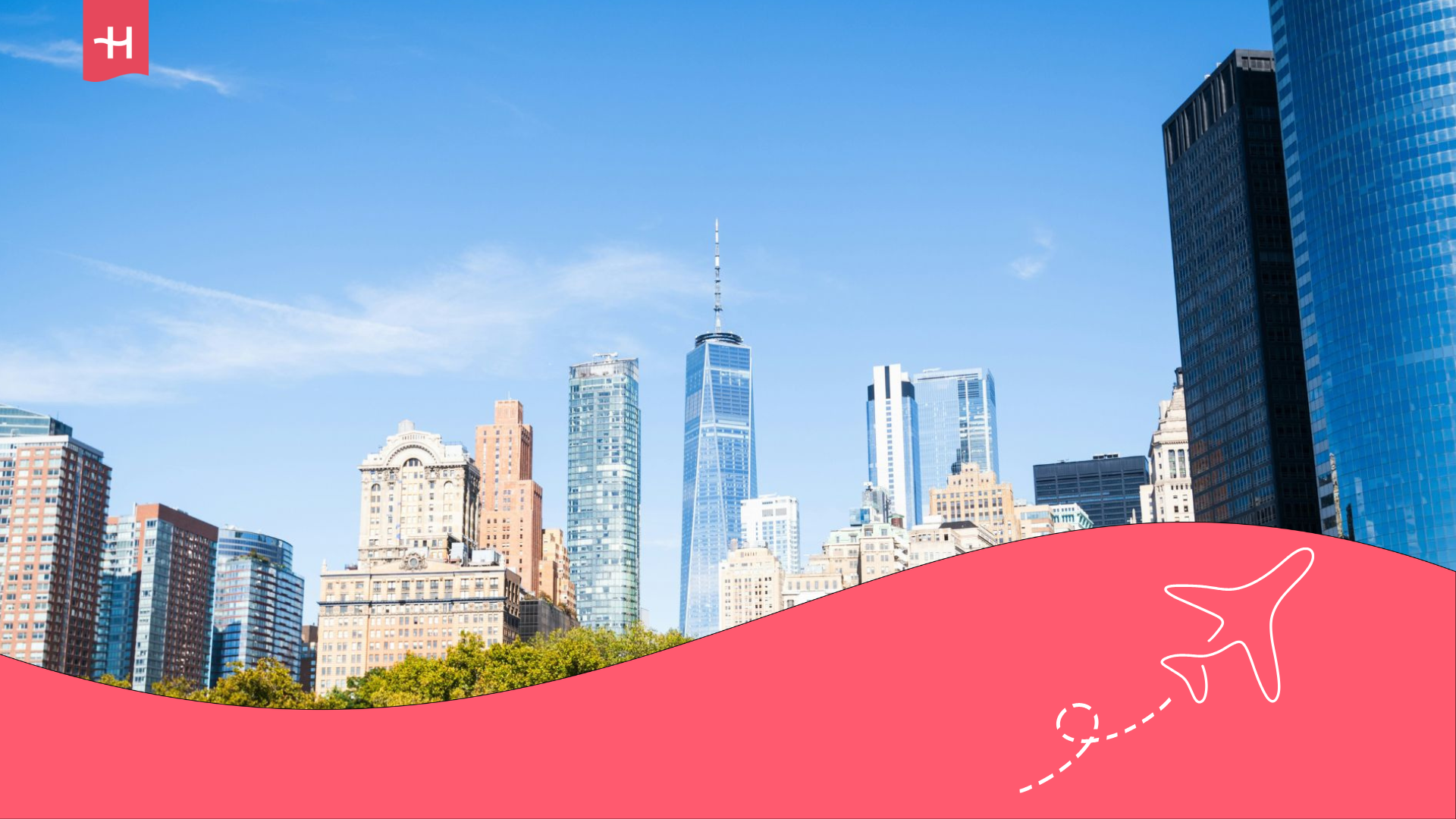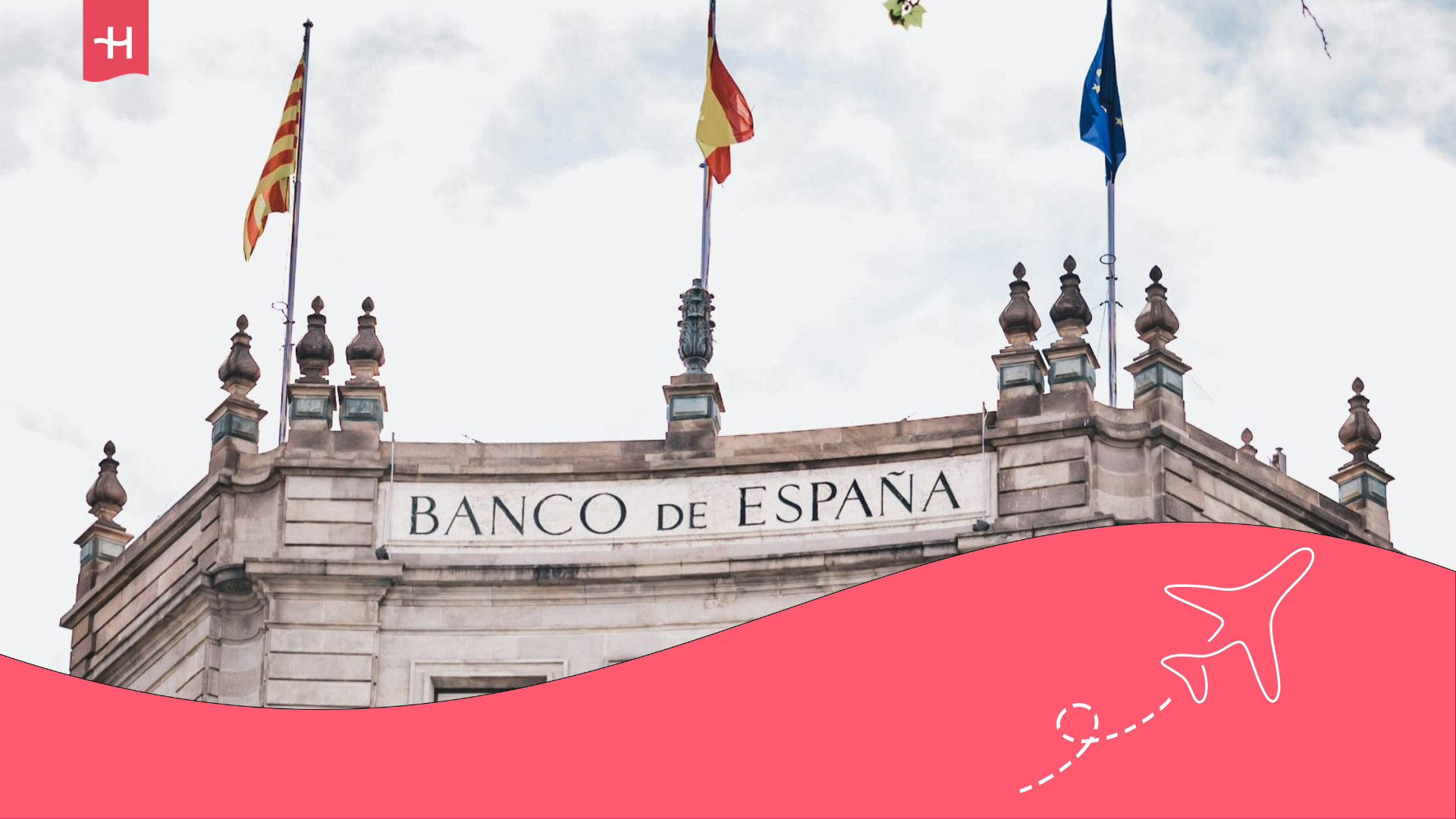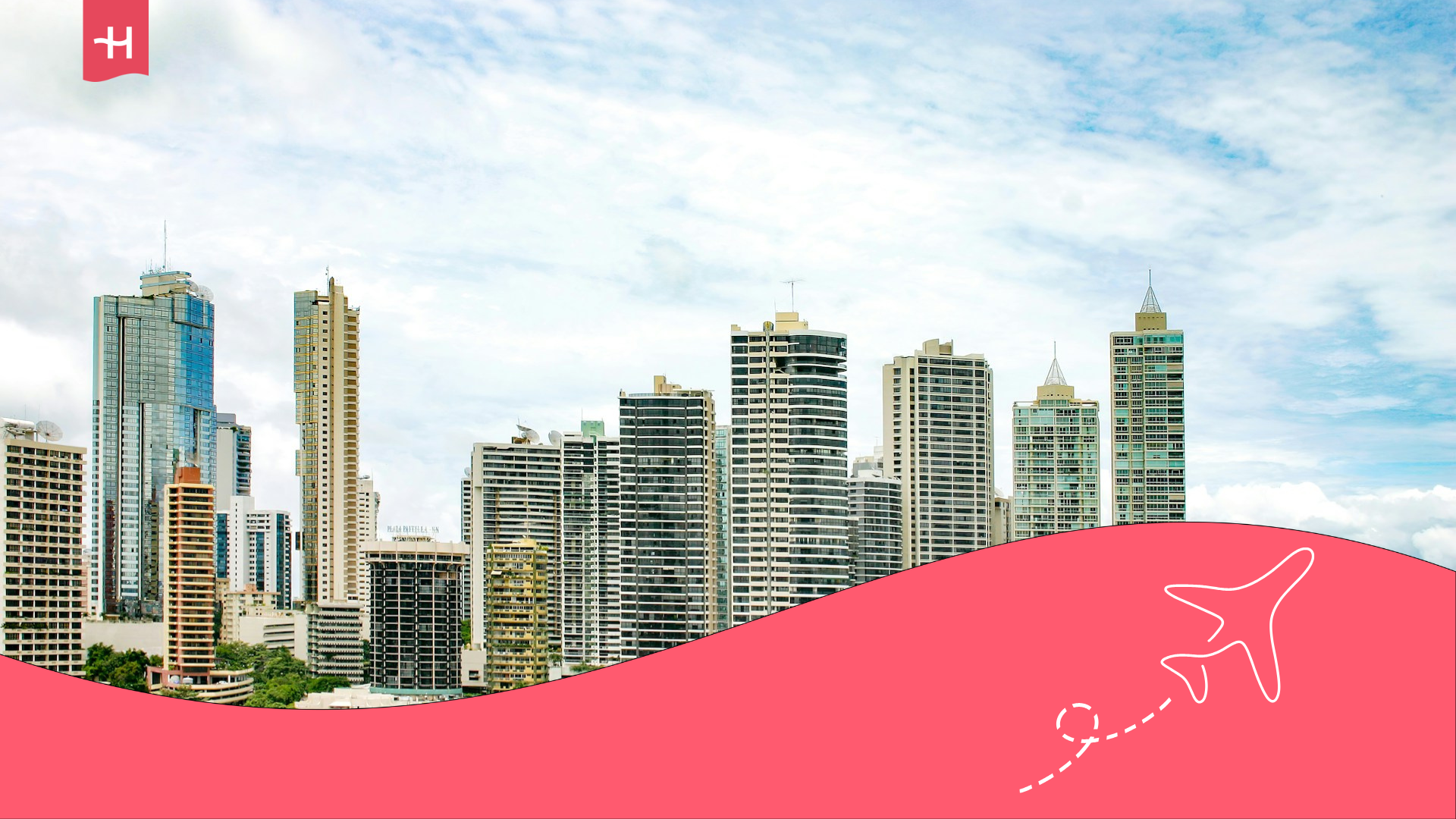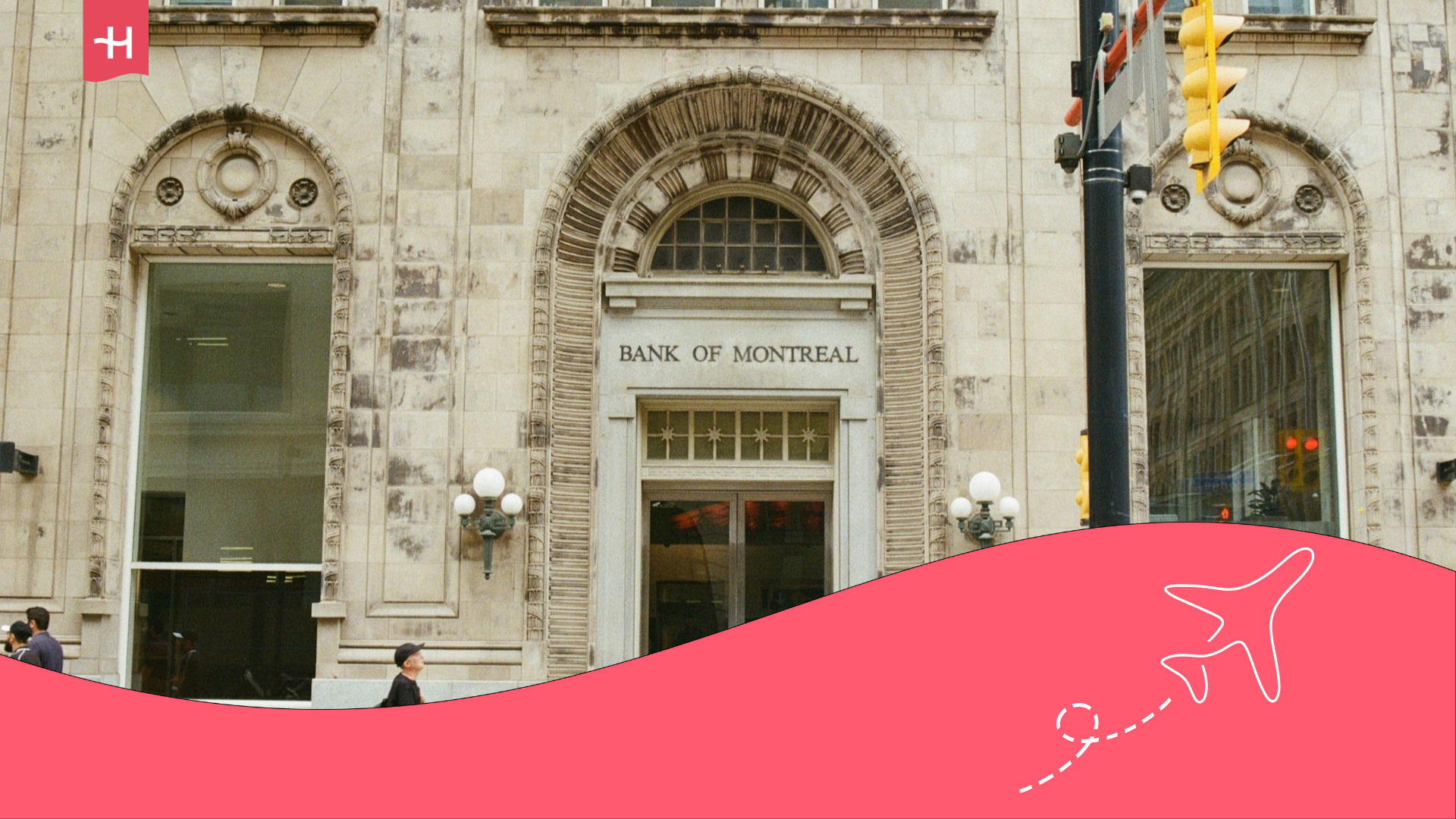Cost of living in Nicaragua: Food, transport, and more
Find out about the cost of living in Nicaragua and plan your trip to this attractive Central American country.
Thinking about moving or spending time in Central America? The cost of living in Nicaragua is among the lowest in the region, making it attractive for digital nomads, retirees and international students. Between volcanic landscapes, Caribbean beaches and colonial cities like Granada or León, Nicaragua offers a balanced mix of lifestyle and monthly expenses.
In this article, you’ll discover how much it costs to live in Nicaragua in 2025: from accommodation and food to transport, healthcare and leisure. We’ll also show updated prices in dollars and euros, so you’ll know the budget needed for a good lifestyle here.
Cost of living in Nicaragua: accommodation prices
Accommodation strongly impacts the cost of living in Nicaragua. Fortunately, prices are lower than in most Central American countries. Cities like Managua, León and Granada offer different options, from furnished flats to short-term Airbnbs or shared residences. Let’s check them in detail:
1- Furnished apartments in Nicaragua
Renting a furnished apartment in Nicaragua is very popular among expats, students and digital nomads. It allows you to move in directly without buying furniture, appliances or basics.
- In Managua, a one-bedroom furnished flat downtown costs $300–450 (€280–420). In residential areas like Las Colinas or Villa Fontana, a two-bedroom flat is about $500 (€470) monthly.
- In Granada and León, cultural and university life reduce costs. One-bedroom furnished flats start from $200 (€190). Two-bedroom flats rarely exceed $400 (€375) monthly.
- In coastal towns like San Juan del Sur, prices rise significantly. A beachfront flat costs $600–800 (€560–750) monthly, depending on location and amenities.
Often, furnished flats include water, internet and electricity, but air conditioning is usually charged separately due to high energy use.
2- Airbnb in Nicaragua
Airbnb is very popular in Nicaragua, especially in tourist areas and cultural cities. Its greatest advantage is flexible stays: you can book for days or months without long contracts.
- In Managua, a private Airbnb with kitchen and full services costs $25–40 (€23–38) nightly. It’s higher than monthly flats, but ideal for short or trial stays.
- In Granada and León, private rooms in colonial houses start at $15 (€14) per night. Full apartments cost $400–600 (€375–560) monthly, a great choice for locals and internationals alike. This makes them an attractive option for those wanting to experience local life without committing to a fixed rental.
- In San Juan del Sur, demand makes prices higher. A beachfront Airbnb costs $50–100 (€47–95) nightly. Many hosts give long-stay discounts up to 30%.
Airbnb usually includes cleaning, host support and local tips, perfect for comfort and experience. Yet, furnished flats are more cost-effective long term.

3- Coliving in Nicaragua
Coliving options are limited in Nicaragua compared with other Central American countries. Still, there are some spaces combining housing, community and shared work areas, designed for long-term digital nomads.
- In San Juan del Sur, a hotspot for surfers and nomads, shared houses with private rooms cost from $500 (€470) monthly. They include high-speed internet, common areas and group activities. These options cost more than a furnished apartment or a standard Airbnb, but they offer the added value of an active international community.
- In Granada, colonial hostels adapted for coliving offer rooms from $350 (€330) monthly, including shared kitchens, coworking and cultural events.
The coliving trend is growing with the arrival of nomads seeking affordable alternatives to Costa Rica or Mexico. For those valuing human connection and comfort, these options are very attractive.
4- Student residences in Nicaragua
Nicaragua has university cities with both public and private institutions, offering affordable residences for locals and international students alike.
- In Managua, home to UNAN and UCA, student residences offer shared or private rooms from $180 (€170) monthly, usually including utilities, internet and sometimes meals.
- In León, costs are even lower. There, students can find accommodation inside or near the National Autonomous University of Nicaragua-León for about $120 (€110) to $150 (€140) per month. These spaces usually include community areas, a dining hall, and shared study spaces.
- In Granada, smaller but popular, adapted houses work as student residences from $150–200 (€140–185) monthly, depending on services offered.
Student residences are cheaper than flats or coliving, allowing integration in cultural and academic environments, especially in León and Managua.
Food prices in Nicaragua
Food is one of the cheapest parts of the cost of living in Nicaragua. Eating out is very affordable in local eateries. A traditional dish like gallo pinto with meat or chicken plus drink costs $2–4 (€1.80–3.70). In mid-range restaurants, expect $8–12 (€7.40–11) per person.
Traditional markets like Mercado Oriental in Managua or Mercado Central in León offer cheap fruit, vegetables, rice and beans. One kilo of rice costs $1.20 (€1.10), while papaya or bananas cost less than $1 (€0.90) per kilo.
Cooking at home costs $120–180 (€110–165) monthly, depending on habits. Imported products in supermarkets like European dairy or wine cost more.
In contrast, eating daily in tourist restaurants in Granada, San Juan del Sur or upscale Managua areas doubles or triples costs. Many residents combine markets with occasional restaurants.
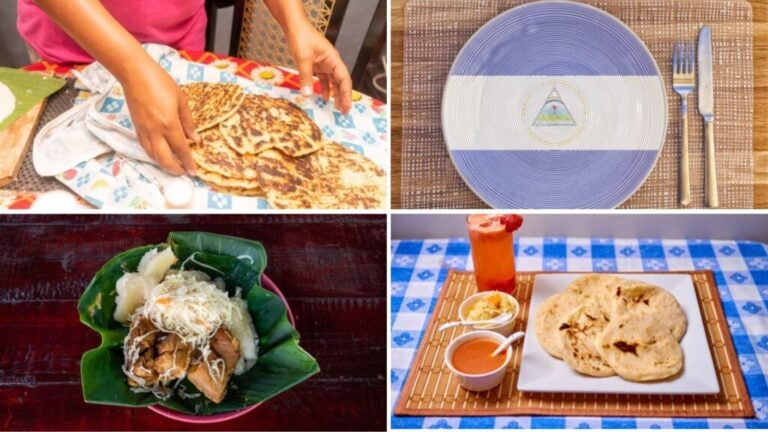
Cost of living in Nicaragua: How high is the cost of transport?
Transport is also one of the cheapest parts of the cost of living in Nicaragua. Most residents use buses and minibuses connecting Managua with cities like León, Granada or Masaya.
- Urban bus tickets cost $0.25 (€0.23). Intercity routes cost $1–3 (€0.90–2.70), depending on distance.
- Shared taxis charge $0.50–1 (€0.45–0.90) per ride within cities.
- Private taxis cost more: short Managua trips are $3–5 (€2.70–4.60).
- Uber doesn’t operate, but Managua has local taxi apps.
In university towns like León or Estelí, many people use bicycles or motorbikes, very practical and common.
- A new motorbike costs from $1,200 (€1,100). Renting costs $100–150 (€92–138) monthly.
In tourist towns like San Juan del Sur, mototaxis are very common, charging $1–2 (€0.90–1.80) per ride.
Healthcare costs in Nicaragua
Nicaragua’s healthcare system has public and private parts. Public care is free but limited. Most foreigners choose private services for better quality and shorter waiting times.
- A general consultation costs $20–40 (€18–37). Specialist visits are $40–60 (€37–55).
- Hospitals like Vivian Pellas in Managua charge more, but service is higher quality.
- Medicines are affordable: antibiotics cost $5–15 (€4.60–14). 24/7 pharmacies are common in major cities.
- International insurance for long stays costs $40–70 (€37–65) monthly, depending on age and coverage.
We always recommend health insurance, as emergencies or hospital stays can easily exceed $1,000 (€920).
Cost of living in Nicaragua: Telecom, data plans and home internet
If you’ll stay long term, connectivity matters. Telecom infrastructure has improved, but service varies. Managua, León, Granada and San Juan del Sur have stable mobile internet, while mountains and remote areas are less reliable.
- Home internet costs $35–50 (€32–46) monthly with 20–50 Mbps, enough for remote work or online classes.
- Mobile internet prepaid packages cost $10–15 (€9–14) for 5 GB, offered by Claro or Tigo. After usage limits, speed drops sharply.
Connectivity in Nicaragua with Holafly
For simplicity, the best choice is the Holafly eSIM for Nicaragua. Activate it in minutes on your phone, no physical SIM needed. Instantly enjoy unlimited data nationwide.
Holafly also offers monthly unlimited plans, ideal for students, workers or long-term travellers needing stable internet. Arrive and start using maps, transport apps, messages and work tools immediately.
Although Nicaragua offers affordable connectivity, Holafly’s eSIM and subscriptions remain the most reliable way to guarantee coverage without worrying about recharges or limits.
Important: If you are a frequent traveler and want to stay connected without worrying about expensive roaming or looking for a new SIM at every destination, Holafly’s subscription plans are for you. With a single eSIM, enjoy internet in more than 160 countries for a fixed price and no surprises on your bill. Travel without limits and connect easily and securely! 🚀🌍
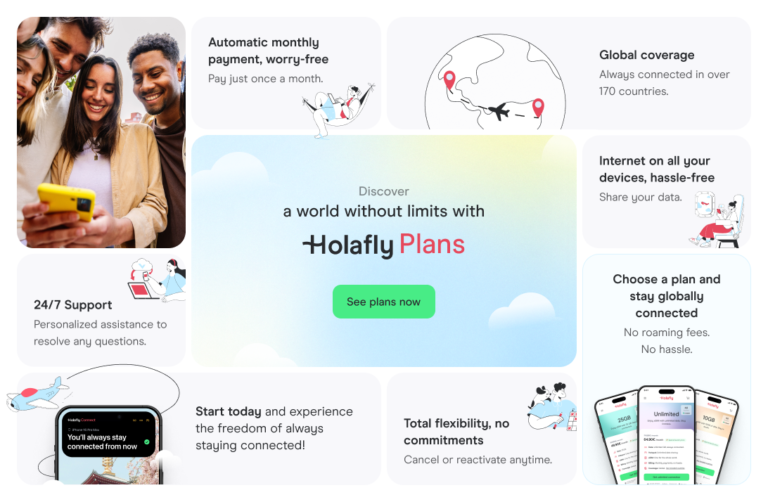
Cost of leisure and entertainment in Nicaragua
Nicaragua combines stunning natural landscapes with colonial history. Many attractions are free or cheap, making it ideal for budget travellers.
Among free options, you can hike Cerro Negro, stroll through colonial Granada, visit the UNESCO-listed León Cathedral, or relax at San Juan del Sur beaches. The Apoyo Lagoon is also free to access.
Paid activities include:
- Sandboarding at Cerro Negro: $30 (€27).
- Kayak tours in Apoyo Lagoon or Granada islets: $20–35 (€18–32).
- Masaya volcano night tour: $10–15 (€9–14).
- Surf classes in San Juan del Sur: from $25 (€23) per session.
- Coffee plantation tours in Matagalpa or Jinotega: $15–30 (€14–27).
- Museums and cultural centres: $2–5 (€2–4).
Leisure in Nicaragua suits all budgets. From free nature activities to cultural tours and adrenaline sports, the country surprises everyone.
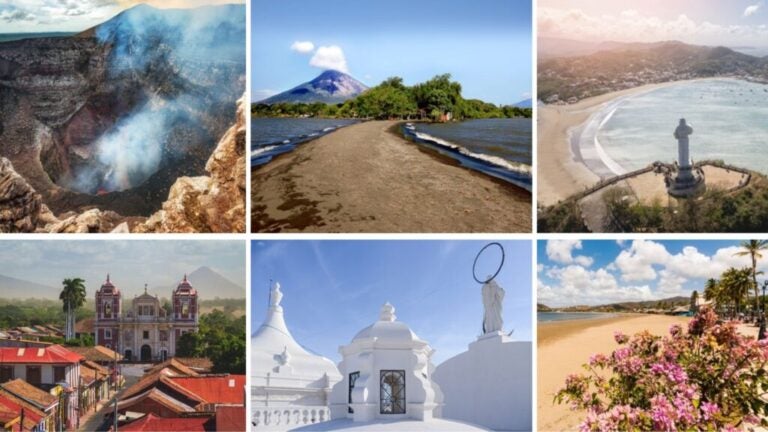
So, how high is Nicaragua’s cost of living?
The cost of living in Nicaragua is one of the lowest in Central America. That makes it highly attractive for students, digital nomads and long-term travellers. With affordable rents, cheap fresh food, low-cost transport and plenty of leisure options, you can live comfortably on a moderate monthly budget.
Plus, its natural beauty, Caribbean beaches, active volcanoes and colonial towns add unique value. Nicaragua combines low living costs, vibrant culture and breathtaking nature, making it an excellent choice for quality of life at affordable prices.





 Language
Language 


















 No results found
No results found


